Anti-microbial Effects of Natural Dyes
Natural dyes are a good thing. In my research, I came across numerous research studies that have been done in the past several years about dye plants and their effectiveness against harmful microbes such as:
Escherichia coli
Sarcina lutea
Proteus vulgaris
Bacillus subtilis
Klebsiella pneumoniae
Staphylocccus aures
Enterococcus faecalis
Saccharomyces cerevisiae
Candida albicans
Researchers have been investigating the anti-microbial properties of plant dyes in order to develop commercial applications to produce textiles for use in hospital and clinical situations to help reduce the harmful spread of bacteria.
Some of the plants were more effective against different bacteria than others. Also stronger dye concentrations had higher microbial effects.
I suppose that if you wore clothing of different colours and dyed with different dye plants, there might be a synergistic effect, giving you better microbe resistance. Also perhaps overdye techniques could be used with the dyes, producing different colours as well as added resistance.
In addition to confirming that many natural dye plants have bacteria killing properties, the researchers also tested the washability of the plant dyes and found that the dyes were wash fast and the anti-microbial effects did not wash out of the textiles when they were properly mordanted.
Potassium aluminum sulphate (Alum) was used in most of the studies as a mordant.
Some of the natural plant dyes that have been tested with positive results for their antimicrobial resistance are:
LATIN NAME – PART OF PLANT/COLOUR – COMMON NAME (links to Dye Recipes)
Rhamnus petiolaris – Fruit Yellow-orange – Persian berries, Buckthorn bark
Juglans regia – Green fruit- peel Brown – Walnut
Laurus nobilis – Leaf, Light yellow – Bay tree
Erica manipuliflora – Above ground – Brown, yellow, – Heather
Vitex Leaf Light brown, greenish – Chaste Tree
Juniperus foetidissima – Leaf, Light yellow, -Juniper
Juniperus excelsa – Leaf , Light yellow, – Greek Juniper
Berberis vulgaris – Fruit, Yellow-Orange – Barberry
Lawsonia inermis -Leaf Red, Brown -Henna
Agrimonia eupatoria – Leaf, Yellow – Agrimony
Cistus creticus – Leaf, Brown Yellow – Cretan rockrose
Reseda lutea- Flower, Yellow – Weld
Sambucus nigra – Leaf, Yellow – Elderberry
Punica granatum – Fruit peel, Yellow -Pomegranate
Eucalyptus globulus – Leaf – Eucalyptus
Matricaria chamomilla – Flower – camomile
Pinus brutia – Bark , Brown – Pine tree
Platanus orientalis – Bark , Red, Sycamore – Oriental Plane
Cartamus tinctorius -Flower, Yellow ,- Safflower
Salvia officinalis ,Leaf – Yellow-orange, green – Sage
Verbascum orientale – Leaf, yellow – Mullein
Allium cepa – Dry outer leaf, Yellow-orange – Onion
Rhus coriaria – Flower ,Yellow, brown – Sumac
Curcuma longa – Flower, Yellow – Turmeric
Olea europaea – Leaf , Yellow-green – Olive tree
Quercus infectoria – Oak galls
Acacia Catechu – Cutch
Rheum Emodi – Himalayan rhubarb
Rubia cordifolia – Indian madder
Rumex maritimus – Golden dock
Lithospermum purpureocaeruleum -Shikonin – Purple Gromwell
Alkanna tinctoria – Alkanet
Haematoxylum campechianum – heartwood, blues, grey, brown, black – Logwood
Butea monosperma – Flowers, yellow – Bastard Teak Flame of the Forest
Rheum australe – Rhizomes, oranges, yellow – Himalayan Rhubarb
With winter and ‘flu season coming up, perhaps it is time to knit a scarf using naturally dyed yarns?
References
Antimicrobial Activities of Some Natural Dyes and Dyed Wool Yarn
In this study researchers tested 25 natural dye plants for their effectiveness against micro-organisms.
Punica granatum (Pomegranate peels) Berberis vulgaris (Barberry), Agrimonia eupatoria (Agrimony), Rhus coriaria (Sumac) were effective against all bacteria.
Sarcina lutea, Bacillus subtilis, MRSA and Enterococcus faecalis were sensitive to almost all dye extracts even at low concentrations. The dyed wool material tested with microorganisms, and maximum inhibition rates were obtained against S. lutea and MRSA of wool samples dyed with P. granatum and R. coriaria, respectively, while there was a drastic decrease in E. faecalis growth with the A. cepa (Onion skins) and R. petiolaris (Buckthorn).
Antibacterial Activity of Cationised Cotton Dyed with Some Natural Dyes
Madder, Logwood, Cutch and Chelidonium majus (Greater Celindine) were tested against common pathogens Escherichia Coli, Staphylococcus aureus, Aspergillus favus and Candida albicans. Chelidonium majus dye was most effective and showed maximum zone of inhibition there by indicating best antimicrobial activity against all the microbes tested.
Antimicrobial activity of some natural dyes
Four natural dyes Acacia catechu (Cutch), Kerria lacca (Lac), Quercus infectoria (Oak Galls), Rubia cordifolia (Indian Madder) and Rumex maritimus (Golden Dock) were tested against common pathogens Escherichia coli, Bacillus subtilis, Klebsiella pneumoniae, Proteus vulgaris and Pseudomonas aeruginosa. Quercus infectoria dye was most effective and showed maximum zone of inhibition thereby indicating best antimicrobial activity against all the microbes tested.
Antibacterial Efficacy of Natural Dye from Melia composita Leaves and Its Application in Sanitized and Protective Textiles
“Almost all these synthetic colorants being synthesized
from petrochemical sources through hazardous chemical processes
pose threat towards the environment and human body health.”
.
“Worldwide environmental consciousness coupled with increased awareness of environmental hazards of synthetic dyes has led to the revival of interest in natural dyes due to their non-polluting and nontoxic nature. Consequently, numerous researches in recent years have focused on development of non toxic and eco-friendly natural dyes for textiles colouration6.
Natural dyes are being preferred over synthetics owing to their eco-friendliness i.e. they do not create any
environmental problems at the stage of production or use
. Furthermore, in addition to their dye-yielding characteristics, some of dyeyielding plants also possess medicinal value. Some natural dyes have
intrinsic additional properties such as antibacterial, antifungal, moth
proof, anti-allergy, anti-UV, etc”
Melia composita (China berry) leaves were extracted into boiling water for 70 minutes. The extract was used to dye silk, wool and cotton. The fabric dyed with the natural dye was tested against gram
positive bacteria, Staphylococcus aureus, Streptococcus epidermidis
and Bacillus cereus and gram negative bacteria, Escherichia coli,
Klebsiella pneumonia, Shigella flexneri and Proteus vulgaris.
The dyed samples were evaluated against Ampicillin and Streptomycin. Ampicillin and Streptomycin. “The study led to the conclusion that leaves of Melia composita can be a potential source of ecofriendly natural dye with
remarkable antibacterial potency and the textile materials dyed with
this natural dye can be very useful in developing sanitized fabrics for
medical applications and protective clothing to protect users against common infections.“
Natural dyes and its Antimicrobial Effect
Textile manufacturers are aware that there is a growing trend to natural and environmentally safe products.The International Journal of Engineering Trends and Technology (IJETT) –Volume-42 Number-3 -December 2016 states that:
“In the early 21st century, the market for natural dyes in the fashion industry is experiencing a resurge.Westernconsumers have become more concerned about the health and environmental impact of synthetic dyes in manufacturing and there is a growing demand for products that use natural dyes.Completely capturing the market with natural dyed fabric is an urgent need to maintain a safe environment. “
Colour, health and wellbeing: The hidden qualities and properties of natural dyes
In the journal of the International Colour Association (2013), Kate Wells discusses the possibilites of the uses of natural dyes to improve the health and well-being of mankind.
More
Plant Dyes and Your Health
No-Nylon Sock Knitting
Shop for Natural Dyes at Paivatar.com
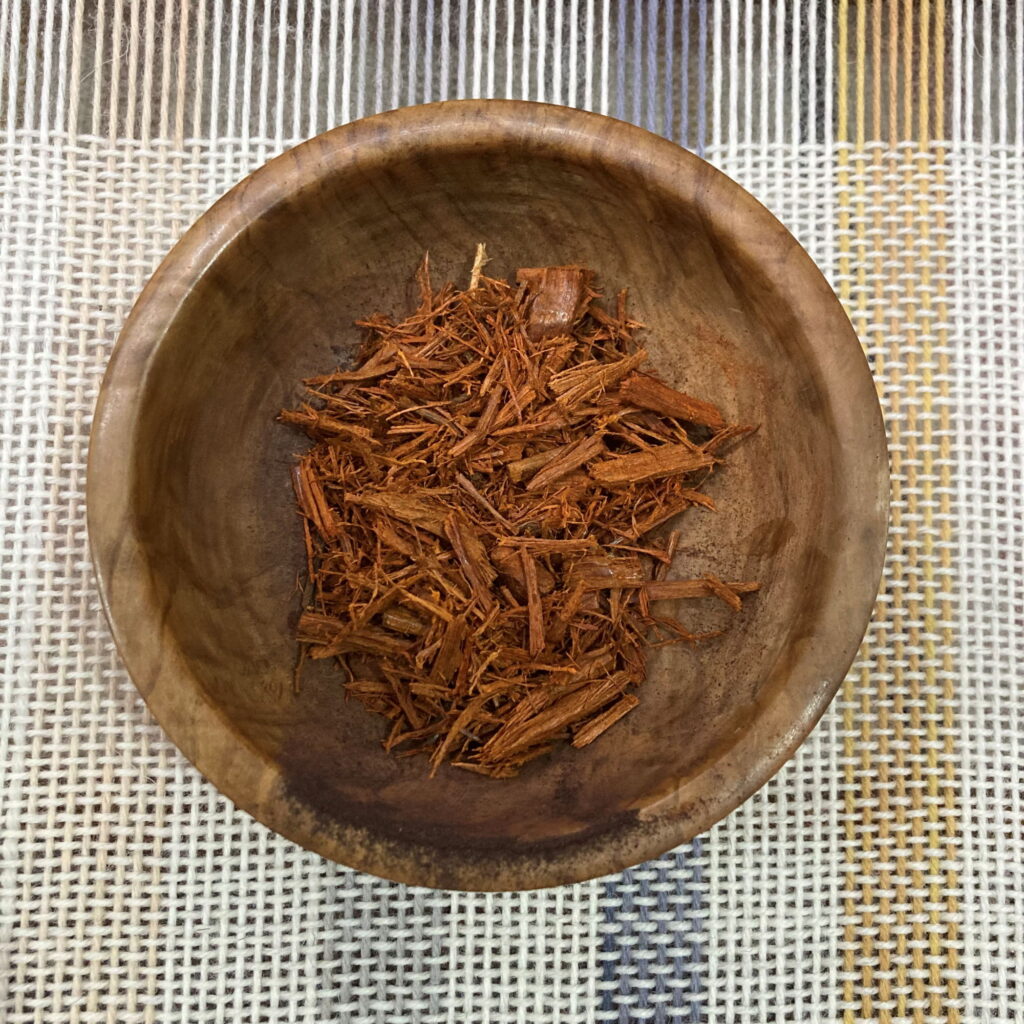
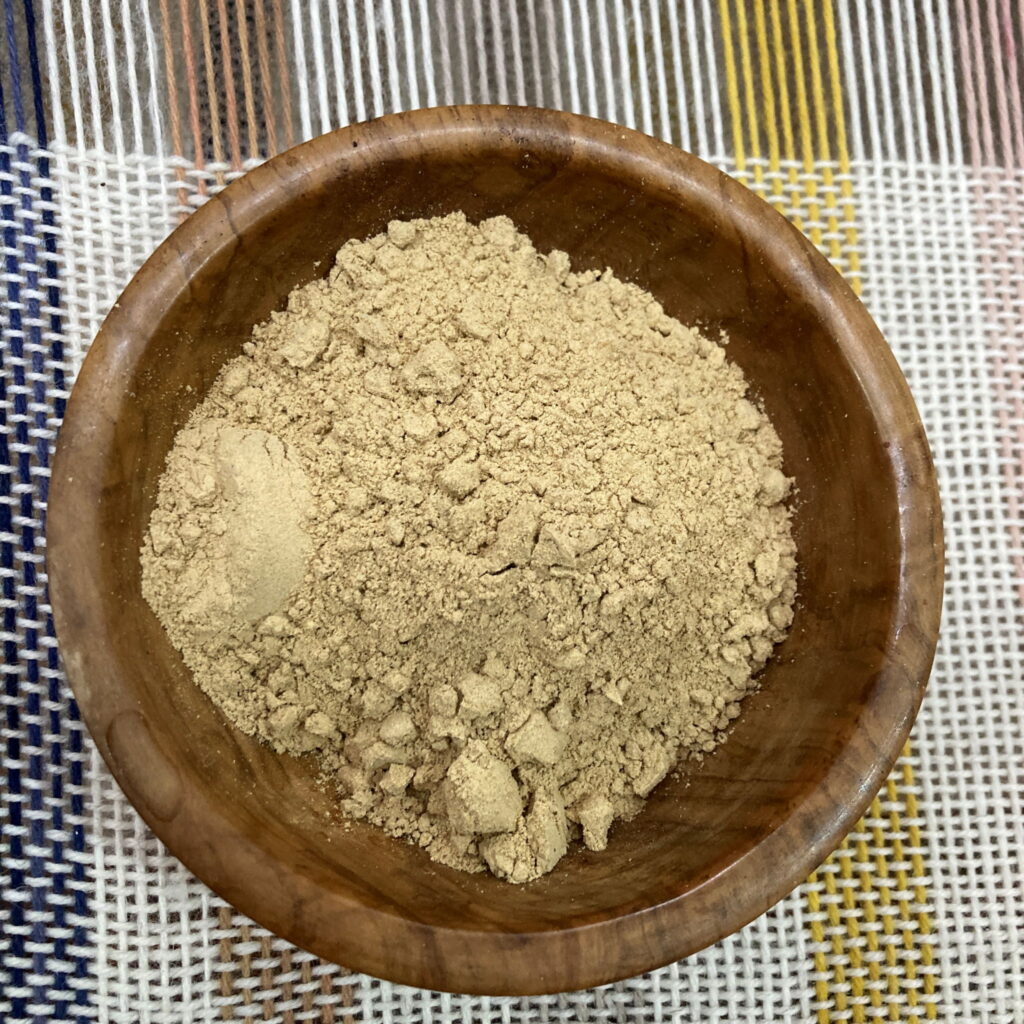
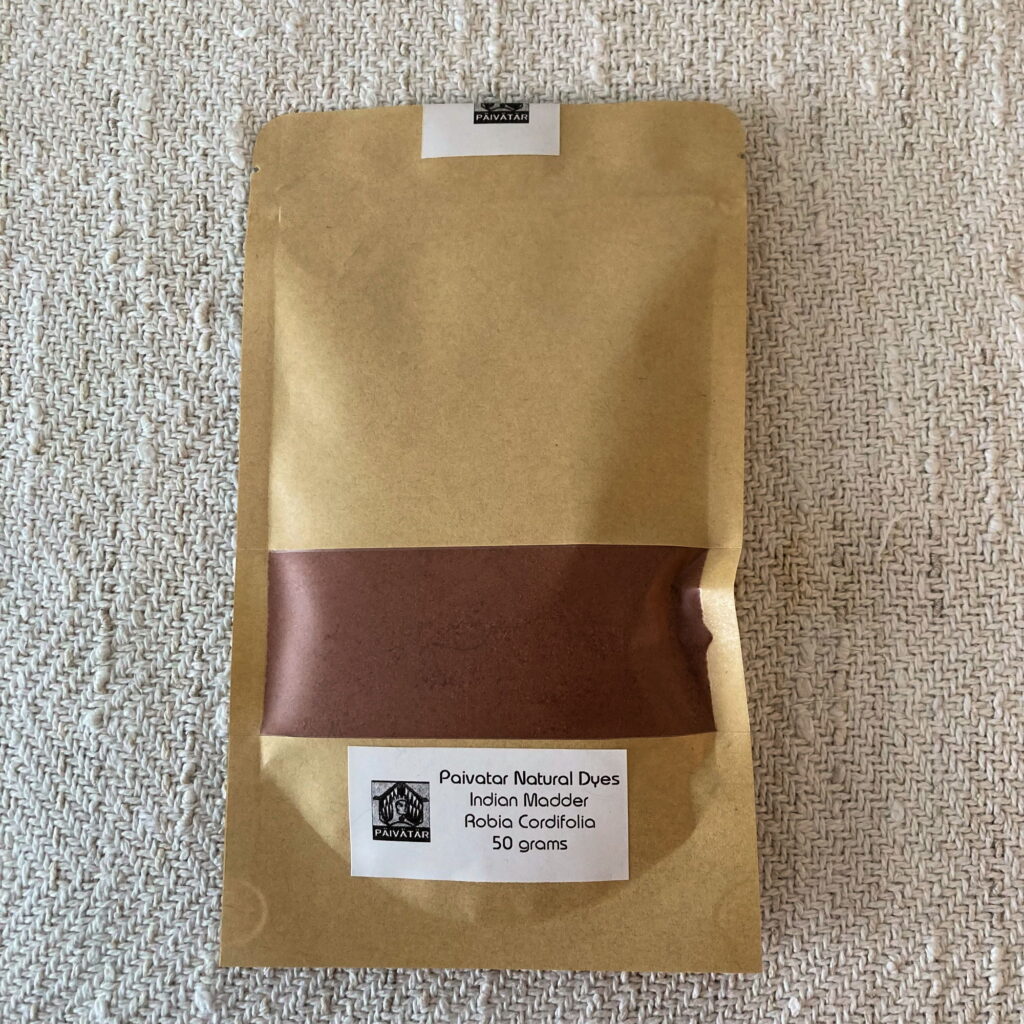
Natural Dye Books
The Wild Dyer: A Maker’s Guide to Natural Dyes with Projects to Create and Stitch (learn how to forage for plants, prepare textiles for dyeing, and … from coasters to a patchwork blanket)
The Modern Natural Dyer: A Comprehensive Guide to Dyeing Silk, Wool, Linen and Cotton at Home
The Art and Craft of Natural Dyeing: Traditional Recipes for Modern Use
A Weaver’s Garden: Growing Plants for Natural Dyes and Fibers
>A Heritage of Colour: Natural Dyes Past and Present
Natural Dyes: Sources, Traditions, Technology & Science
EBAY Shopping
Natural Plant Dyes on EBay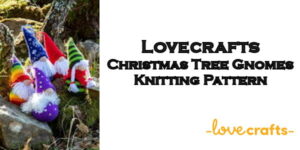 LONGTHREAD MEDIA VIDEO
LONGTHREAD MEDIA VIDEO
 LONGTHREAD MEDIA SUBSCRIPTIONS
HANDWOVEN MAGAZINE
PIECEWORK MAGAZINE
SPINOFF MAGAZINE
LEARN LONGTHREAD MEDIA
PAIVATAR HANDMADE
LONGTHREAD MEDIA SUBSCRIPTIONS
HANDWOVEN MAGAZINE
PIECEWORK MAGAZINE
SPINOFF MAGAZINE
LEARN LONGTHREAD MEDIA
PAIVATAR HANDMADE
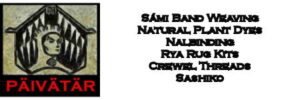 Paivatar on YouTube
Visit my YouTube channel for how-to craft videos.
Paivatar on YouTube
Visit my YouTube channel for how-to craft videos.
Or Please visit my Channel on Rumble for more how-to videos.
https://rumble.com/Paivatar
LIVE STREAMS - Paivatar Studio
KICK
TWITCH MAKERS&CRAFTING
YOUTUBE
Categories: NATURAL DYES









